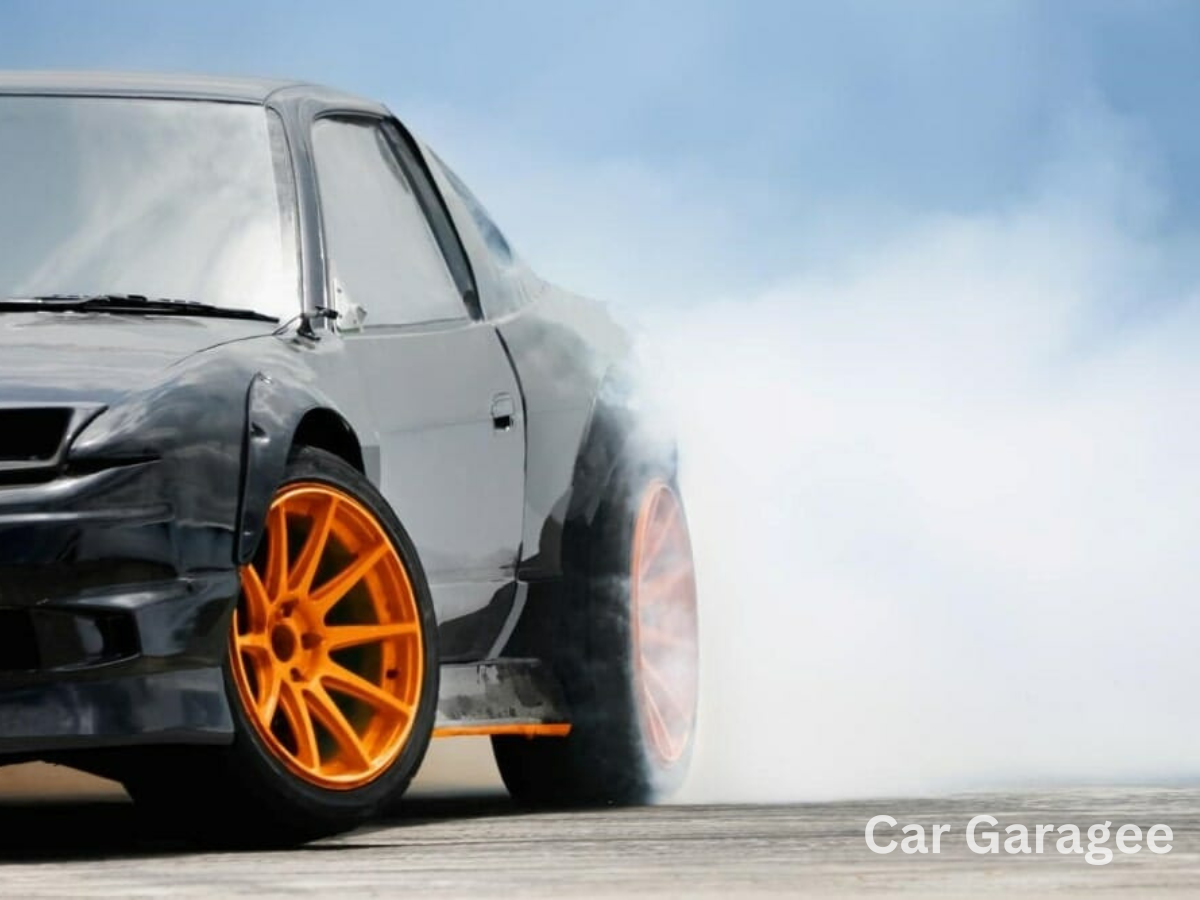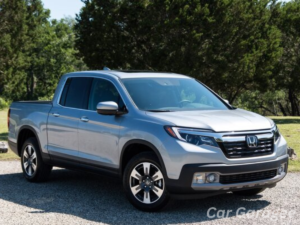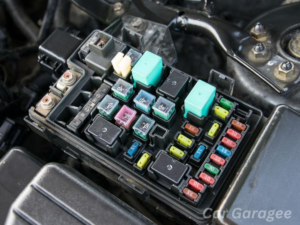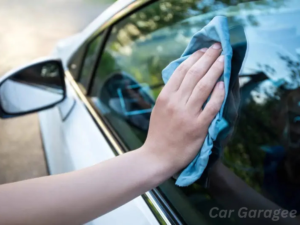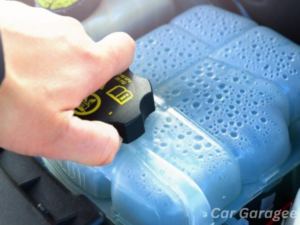Ever wondered, “What is brake boosting?” It’s a trick that street racers use to get fantastic speed boosts. Brake boosting is a favorite among car fans because it makes cars go faster in no time. Whether you’re a racer or just curious about cool car tricks, this guide will explain brake boosting.
What Is Brake Boosting?
It is a driving technique beloved by car enthusiasts and racers because it can significantly increase a vehicle’s speed. So, what exactly is brake boosting, and how does it work?
The Mechanics of Brake Boosting
To perform a brake boost, the driver applies pressure to both the brake and gas pedals at the same time. This might seem odd at first, but here’s why it works:
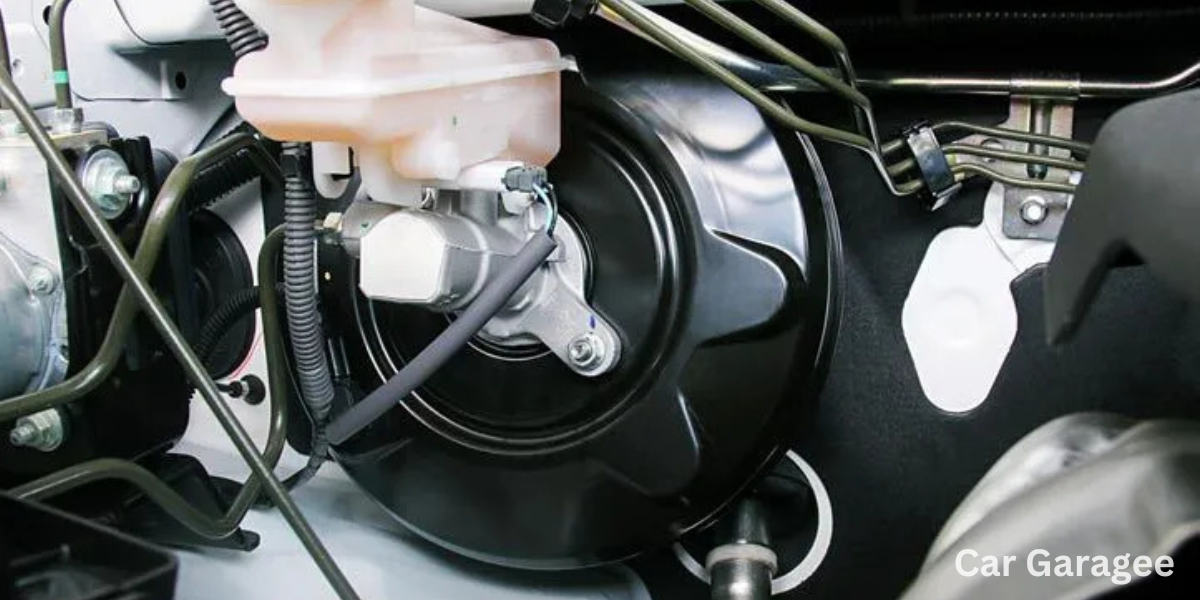
1. Maintaining Controlled Movement:
The car stays controlled when you press the gas pedal while lightly holding the brake. It’s like holding a racehorse back just before it bolts out of the gate.
2. Building Boost:
This controlled state allows the car to build up boost pressure, especially in turbocharged engines. The boost pressure is like stored energy, ready to be unleashed.
3. Explosive Acceleration:
Once the driver releases the brakes, all the stored energy is released, resulting in rapid acceleration. This is the essence of effectively using brake boost.
Why Use Brake Boosting?
Brake boosting is especially useful in races where quick bursts of speed are essential. Here’s a deeper look at why this technique is valuable:
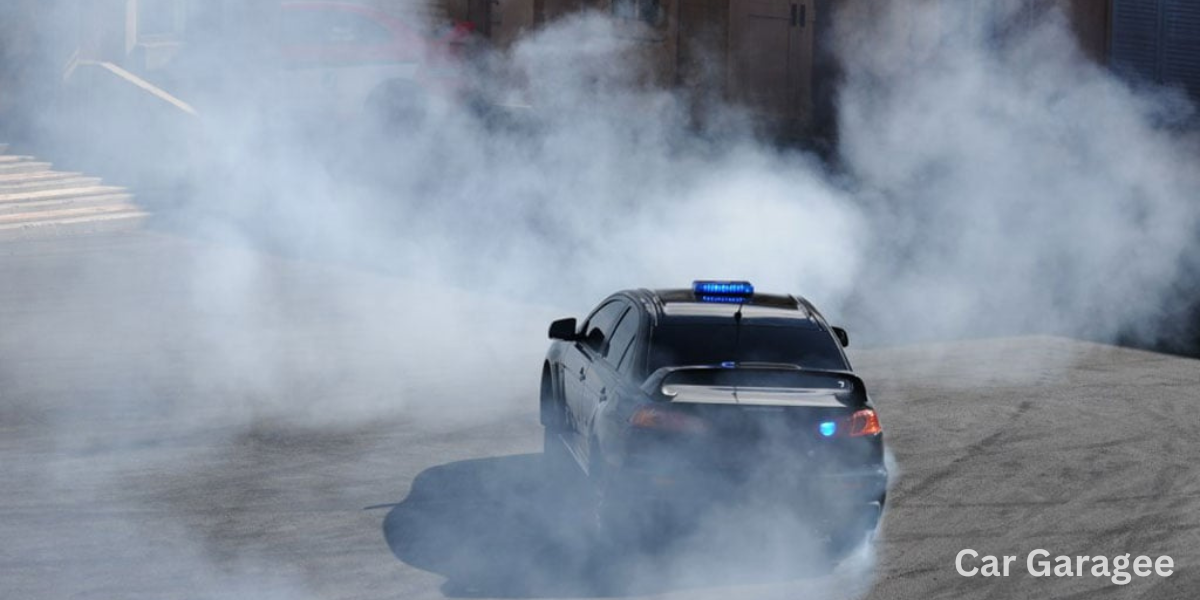
1. Quick Acceleration:
It allows your car to speed up much faster than average. When you release the brake, the built-up boost gives an instant power surge. This quick acceleration can help you overtake other racers or get a strong start off the line, giving you an early advantage.
2. Maintaining Speed:
Using brake boosting, you can easily keep your car at high speed. This is particularly useful on straight-track sections where maintaining top speed is crucial. The technique helps keep the engine in its optimal power range so you can drive faster for extended periods.
3. Better Control:
Brake boosting offers better control over your car’s acceleration. You can decide exactly when to release the brake and unleash the stored energy, making navigating through turns easier and avoiding obstacles. This precise control can be the key to maneuvering through tight spots and gaining positions.
4. Competitive Edge:
In racing, every second counts. Using a braking boost can give you a significant edge over competitors who haven’t mastered this technique. It can be the difference between winning and losing, allowing you to make quicker and more strategic moves during the race.
5. Turbocharged Engines:
For cars with turbocharged engines, brake boosting keeps the turbo spinning even when you’re not accelerating fully. This reduces turbo lag, meaning the power is available more quickly when pressuring the gas pedal. This immediate power can be crucial in competitive racing scenarios.
READ MORE:
How to Reset VSC Light Lexus? A Complete Guide
How much is a Muffler Delete? Pros & Cons, Average Cost
Grinding Noise When Turning: Top Causes and Effective Fixes
Is Brake Boosting Bad for Cars?
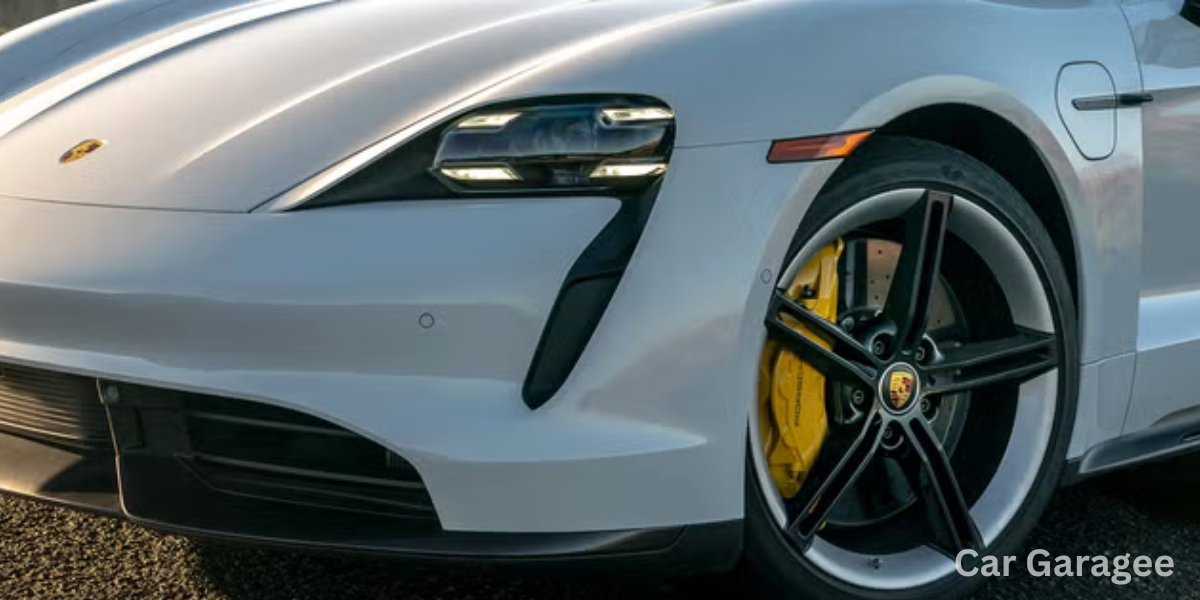
It can be an exciting technique, but it comes with risks that you should be aware of. Here’s a detailed look at how brake boosting can affect your car:
1. Wear and Tear on Brakes:
When you brake boost, you apply the brakes while accelerating, which can put extra strain on the braking system. This extra pressure can lead to faster wear and tear of the brake pads and discs, meaning you’ll need to replace them more often.
2. Increased Heat :
Brake boosting generates a lot of heat. This is because the brakes and engine work simultaneously, creating more friction. Over time, this excessive heat can cause the brake fluid to overheat, potentially leading to failure.
3. Potential for Damage:
Frequent brake boosting can damage other parts of your car. The extra strain on the engine and transmission can lead to premature wear, which might result in costly repairs.
4. Fire Hazard:
In extreme cases, excessive brakes and engine overheating could lead to a fire hazard. This is rare but possible if the car’s components need to be well-maintained or if the technique is overused.
5. Impact on Turbocharged Engines:
While brake boosting is often used to keep turbocharged engines spinning, it can also stress the turbo system. Continuous use can lead to overheating and damage to the turbocharger, reducing its lifespan.
How to Brake Boost a Manual Car

Brake boosting in a manual car can provide a significant performance boost. Still, it requires more finesse than in automatic vehicles. Here’s how you can do it safely and effectively:
Method 1: Using the Handbrake
To brake boost with the handbrake, start by depressing the clutch pedal and revving the engine to around 3000 RPM. With the engine revving, engage the handbrake to keep the car stationary. Gradually release the clutch pedal while keeping the handbrake engaged. As the vehicle moves, you hear the engine produce a whirring sound, and the handbrake slowly releases. Finally, maximum acceleration is applied to enjoy the performance boost.
Method 2: Using the Footbrake
If you prefer using the footbrake, begin by pressing the clutch pedal and revving the engine to around 3000 RPM. Then, press the footbrake to keep the car stationary. Gradually release the clutch pedal while keeping the footbrake engaged. The footbrake is slowly released as the engine roars and the vehicle starts moving. Maximize the throttle once the footbrake is fully released for an exhilarating experience.
How to Brake Boost Automatic Car
Brake boosting in automatic cars is more straightforward than in manual cars, as you don’t have to worry about the clutch. Here’s a detailed guide on how to perform brake boosting in automatic vehicles:

Method 1: Brake First
To start, drive at a steady speed of around 20 mph. Gradually apply pressure to the brake pedal and press firmly to keep the car steady. While keeping the brakes engaged, press down on the gas pedal. You’ll notice the turbochargers spooling up. Once the turbochargers start to accelerate, quickly release the brake pedal. This will give you a sudden boost of power, accompanied by some intense exhaust noises, adding to the thrill.
Method 2: Brake and Gas Pedal Simultaneously
Begin by driving your car to at least 20 mph, though 30 mph works even better. Place your left foot on the brake pedal and your right foot on the gas pedal, pressing both pedals simultaneously. Engage the brake with your left foot while pressing the gas pedal with your right foot. Maintain this position for about 2 to 3 seconds. Then, release the brake pedal, and your car will rapidly accelerate, providing an impressive performance boost.
FAQS
What is Brake Boost Launch?
Brake boost launch is used to quickly accelerate from a standstill. By building up turbo boost while holding the brake, you can achieve a powerful launch when you release the brakes. This method is popular among racers and car enthusiasts for its ability to provide rapid acceleration right from the start.
Can You Brake Boost in an Automatic Car?
Yes, you can brake boost in an automatic car. When you press both the gas and brake pedals simultaneously, the engine builds up a boost while the brakes hold the car in place. This creates a load on the engine, allowing it to generate more power. This technique can be used both for launching from a stop and rolling launches, providing a significant boost in acceleration.
What Does Brake Boost Do?
Brake boosting helps to increase the force applied to the brake pedal, making it easier to stop the car effectively. It also allows for faster acceleration by building up turbo boost, giving your vehicle an extra push when you release the brakes.
How Do You Check If Your Brake Boost is Working?
To check if your brake boost is functioning properly:
- Turn off the car and pump the brake pedal four or five times until it becomes hard.
- Hold the brake pedal down with moderate pressure.
- Start the car while keeping the brake pedal pressed.
- If the brake pedal drops slightly, your brake boost is working. If it remains hard, there might be an issue with the brake booster, such as a ripped diaphragm.
How to Brake Boost While Rolling?
To brake boost while rolling:
- Maintain a steady speed.
- Lightly press the brake pedal with your left foot while keeping your right foot on the gas pedal.
- This will allow the engine to build up a boost without accelerating the car too much.
- When you release the brake, the built-up boost will provide a quick surge in acceleration.
What Are Boosted Brakes?
Boosted brakes refer to a braking system that uses a brake booster to increase the force applied to the brake pedal. This makes braking more effective and requires less effort from the driver. Boosted brakes are a standard feature in most modern vehicles, providing enhanced safety and performance.

Mian Hashir is a passionate automotive enthusiast and the lead author at Car Garagee, a website dedicated to providing in-depth car reviews, maintenance tips, and the latest news in the automotive world. With years of experience in the industry, Hashir combines his technical knowledge with a love for cars to deliver insightful and engaging content. Whether you’re a car owner or a curious reader, Mian Hashir’s articles help readers make informed decisions, from choosing the right vehicle to understanding how to keep it in top condition.

